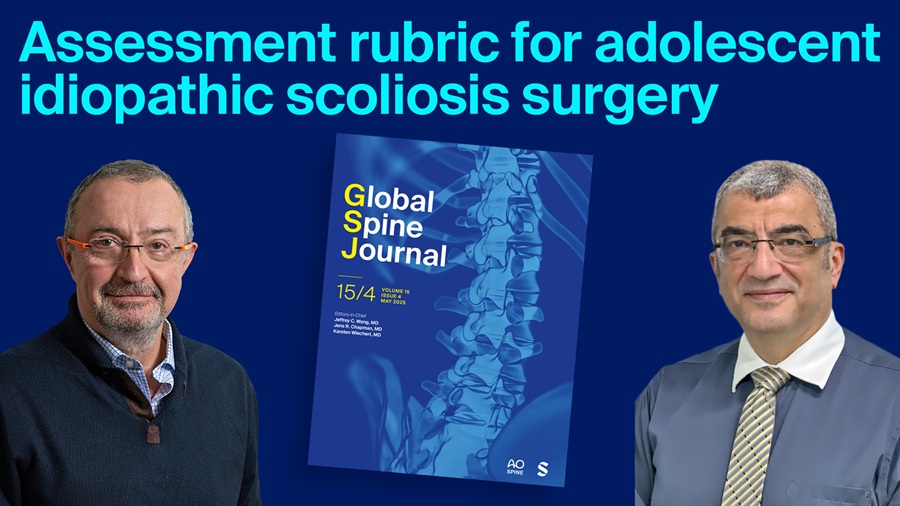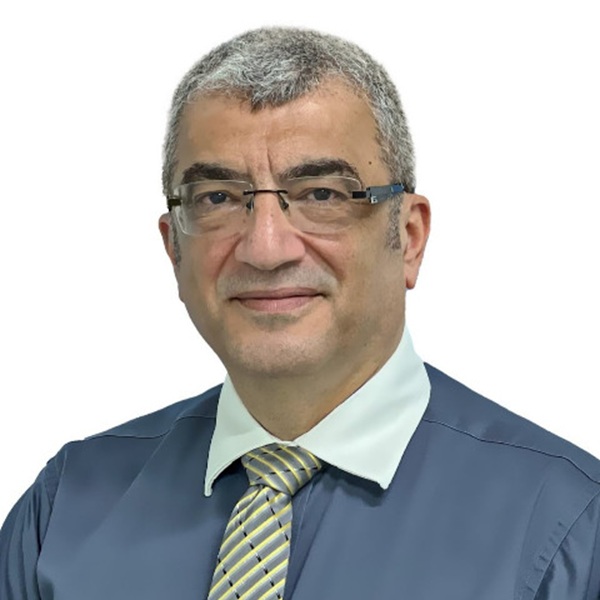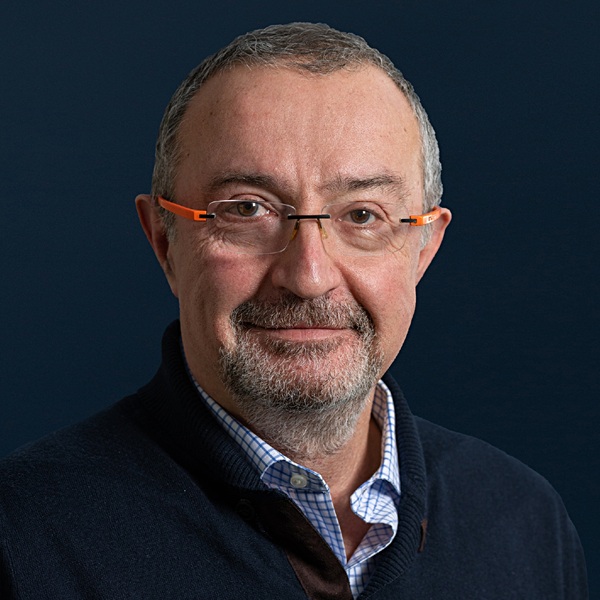Assessing competency in adolescent idiopathic scoliosis surgery

In an effort to close the global gap in access to high-quality scoliosis care, a team of international spine experts has developed a standardized rubric for assessing surgeon competence in posterior surgery for adolescent idiopathic scoliosis (AIS). The study, led by spine surgeons Alaaeldin Ahmad and Emre Acaroğlu in collaboration with the AO Education Institute and AO Spine, marks an important advance in competency-based surgical education and evaluation.
“The surgical training apprenticeship model—where trainees practice surgery under the guidance of experienced surgeons—remains the accepted paradigm,” said Ahmad. However, this model is often not feasible for surgeons practicing complex spine surgeries in low- and middle-income countries due to a lack of suitable training programs.”
In an effort to democratize surgical expertise and increase patients’ access to high-quality scoliosis care, the team explored the potential of telementoring as an efficient and cost-effective educational method for expert surgeons to offer real-time guidance and assessment remotely.
The study was initiated in response to a lack of standardized rubrics for evaluating surgical competencies. This absence makes it difficult to evaluate the quality of surgeries or to track improvements through training or proctoring. Additionally, there is no established evidence on the safety and efficacy of telementoring for scoliosis surgery. Although telementoring shows promise, this gap prevents its recommendation as a standard training practice.

“The surgical training apprenticeship model is often not feasible for surgeons practicing complex spine surgeries in low- and middle-income countries.”
Alaaeldin Ahmad, Palestine Polytechnic University, Hebron
Eleven expert spine surgeons participated in a four-round modified Delphi process, which included both online and in-person meetings. The final consensus produced a comprehensive set of metrics comprising 50 procedural steps and 28 error categories, unanimously approved by the panel.
The team applied the rubric to a full-length surgical video recorded at Kenyatta National Hospital in Nairobi, Kenya, with support from remote visualization technologies provided by Proximie Inc. The data was analyzed for internal consistency, inter-observer agreement, and practical usability—all of which were found to be strong.
“While the rubric was influenced by the requirements of telementoring, it has broader utility,” said Acaroğlu. “It is the first and only rubric specifically designed to assess competencies in AIS surgery. Its utility should not be limited to remote training alone—it can and should serve as a universal benchmark for surgical proficiency in scoliosis treatment.”
As the AO Foundation continues its mission to improve patient outcomes through education and innovation, this rubric provides a foundational framework for surgical quality assurance, educational research, and global benchmarking. It represents a decisive step toward making surgical excellence more accessible and democratic.

“The rubric’s utility should not be limited to remote training alone—it can and should serve as a universal benchmark for surgical proficiency in scoliosis treatment.”
Emre Acaroğlu, Ankara Spine Center, Turkey
Future studies will aim to further validate the rubric across diverse clinical settings and explore its role in both in-person and remote surgical training programs.
Read the full research article here: https://journals.sagepub.com/doi/10.1177/21925682251338832
We acknowledge the contribution of the following surgeons: Alpaslan Şenköylü, Ankara, Turkey; Bhavuk Garg, New Delhi, India; Carolin Melcher, Germany; Colin Nnadi, Oxford, United Kingdom; Cristiano Menezes, Nova Lima, Brazil; Engin Çetin, Istanbul, Turkey; Francisco Moura Neto, Belo Horizonte, Brazil; George Museivi, Nairobi, Kenya; Luca Erdmann Bini Cordeiro, Belo Horizonte, Brazil; Mehmet Çetinkaya, Istanbul, Turkey; Moyo Kurt, Utrecht, The Netherlands; Ruben Alejandro Morales Ciancio, Mendoza, Argentina; Steven Theiss, Alabama, USA; Youssry Elhawary; Cairo, Egypt.
Special thanks to Proximie Inc., who generously provided the hardware and software infrastructure that enabled high-fidelity surgical video capture and remote assessment.

